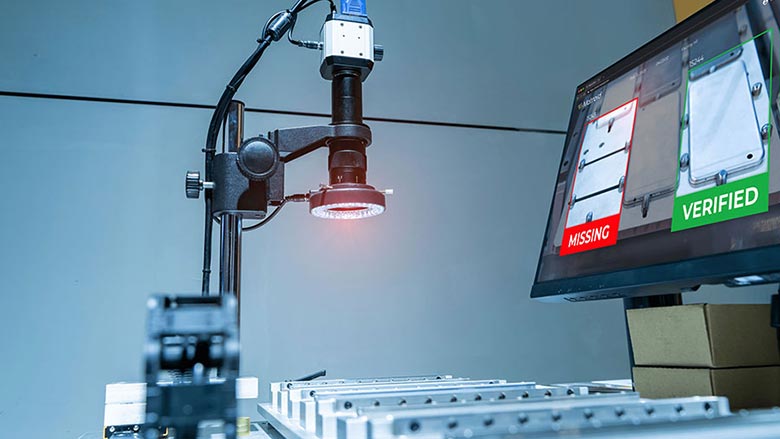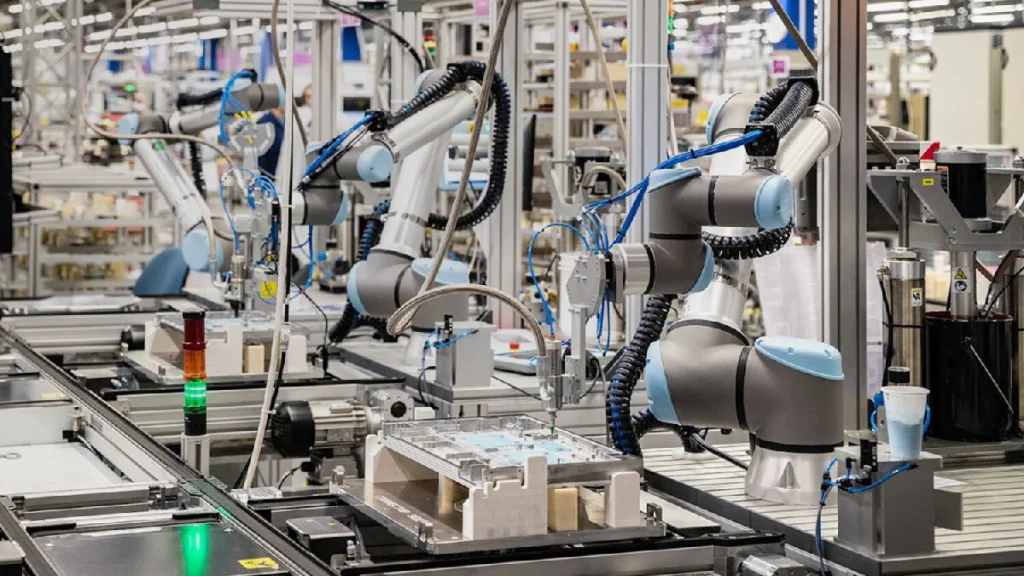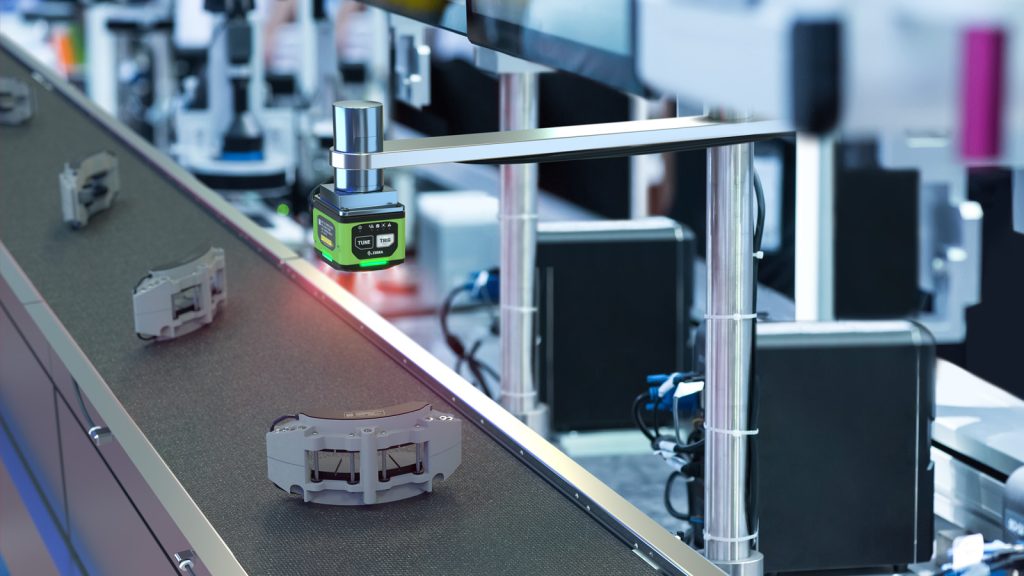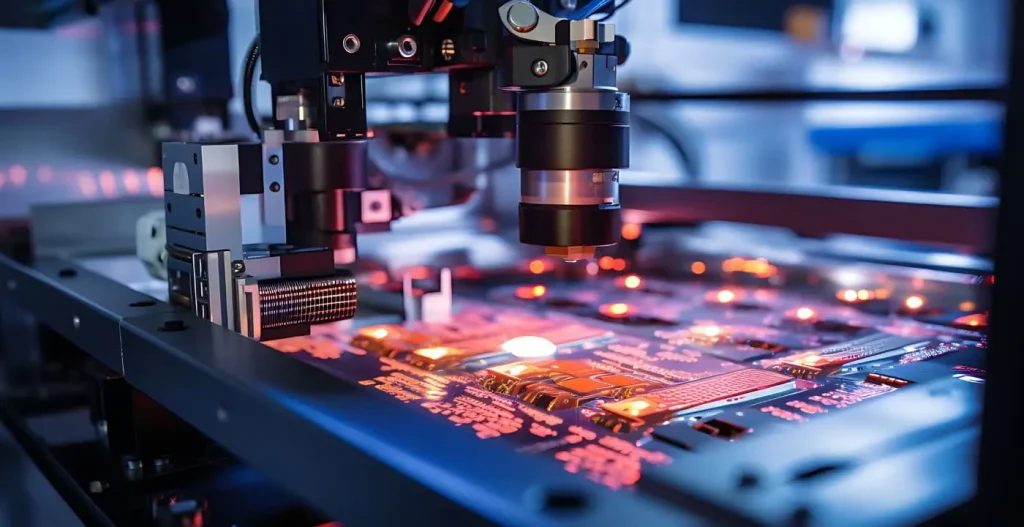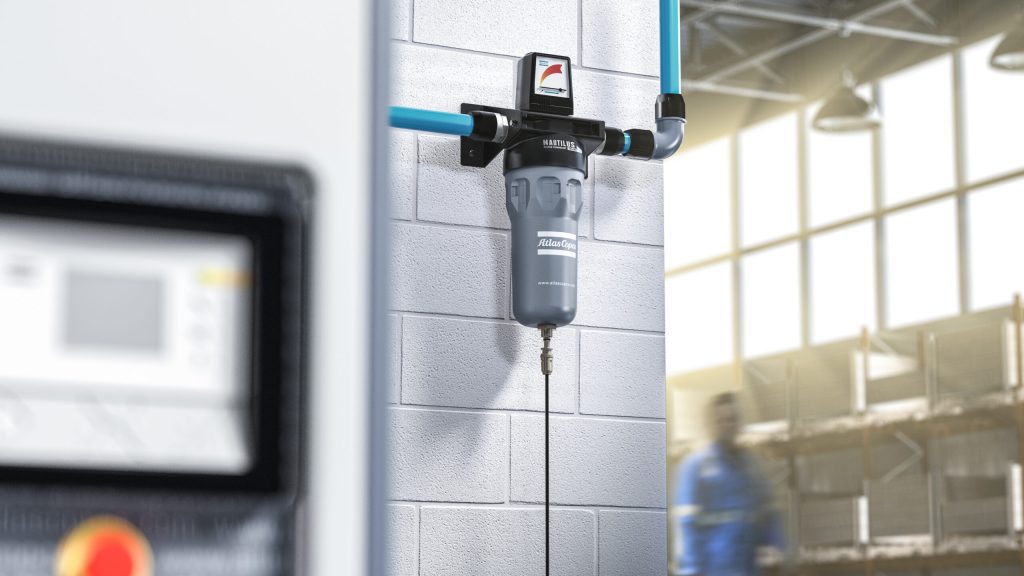Energy efficiency in pneumatic automation systems is not just about reducing costs; it’s also about enhancing operational sustainability and environmental responsibility. With rising energy costs and increasing environmental regulations, optimizing energy use in pneumatic systems has become a priority for many businesses. At Pneumation.ca, we offer solutions and expertise to help you achieve significant energy savings in your pneumatic automation systems. This article explores key strategies and best practices for improving energy efficiency in pneumatic automation.
1. Optimize Compressed Air Generation
- Use Efficient Air Compressors: Invest in high-efficiency air compressors that consume less energy while delivering the required air pressure and flow. Modern variable speed drive (VSD) compressors adjust their speed according to demand, which can significantly reduce energy consumption compared to traditional fixed-speed compressors.
- Regular Maintenance: Perform regular maintenance on air compressors to ensure they operate at peak efficiency. This includes checking and replacing filters, ensuring proper lubrication, and inspecting for leaks.
Example: Upgrading to a VSD air compressor can reduce energy use by up to 35% compared to a fixed-speed compressor, especially in systems with variable air demand.
2. Implement Leak Detection and Repair
- Identify and Fix Leaks: Air leaks in pneumatic systems are a major source of energy waste. Use ultrasonic leak detectors or soapy water solutions to identify leaks and repair them promptly. Regular leak detection audits can prevent unnecessary energy loss.
- Seal Connections and Fittings: Ensure that all connections, fittings, and hoses are properly sealed to prevent air leakage. Use high-quality seals and gaskets to maintain system integrity.
Example: Conducting a leak audit and repairing leaks can improve system efficiency by up to 20%, as even small leaks can result in substantial energy loss over time.
3. Optimize Air Pressure and Flow
- Adjust Pressure Settings: Set the air pressure to the minimum required level for your application. Higher pressure settings can lead to increased energy consumption and reduced system efficiency. Use pressure regulators to maintain consistent and appropriate pressure levels.
- Control Air Flow: Implement flow control valves and regulators to optimize air flow based on demand. Avoid excessive air flow that can lead to unnecessary energy consumption.
Example: Reducing air pressure from 100 psi to 80 psi can result in energy savings of approximately 7% per 10 psi reduction, depending on the system design and usage.
4. Use Energy-Efficient Pneumatic Components
- Select Low-Energy Components: Choose pneumatic components designed for energy efficiency, such as actuators and valves with low internal friction and minimal air consumption. Energy-efficient components can contribute to overall system savings.
- Consider Integrated Solutions: Use integrated pneumatic solutions that combine multiple functions into a single component, reducing the need for additional components and associated energy use.
Example: Opt for energy-efficient pneumatic cylinders with low-friction seals and optimized designs to reduce air consumption and improve overall system efficiency.
5. Implement System Automation and Controls
- Use Automated Controls: Integrate automated controls, such as programmable logic controllers (PLCs) or digital control systems, to optimize system operation based on real-time data. Automated controls can adjust air usage, pressure settings, and component operation to match actual demand.
- Schedule Operations: Implement scheduling systems to ensure that pneumatic systems are only running when needed. Use timers and sensors to activate and deactivate equipment based on production requirements.
Example: A PLC-based control system can optimize compressor operation and air distribution based on real-time usage data, reducing energy consumption during periods of low demand.
6. Improve System Design and Efficiency
- Design for Efficiency: Design pneumatic systems with energy efficiency in mind. Use shorter and more direct piping routes to minimize pressure drops and reduce energy loss. Properly size components to match the specific needs of the application.
- Incorporate Energy Recovery: Explore energy recovery options, such as heat recovery systems, to capture and reuse energy from compressed air systems. This can help offset energy costs and improve overall system efficiency.
Example: Designing a pneumatic system with optimized piping layout and energy recovery options can enhance efficiency and reduce overall energy consumption.
7. Educate and Train Personnel
- Promote Energy Awareness: Educate operators and maintenance personnel about the importance of energy efficiency and best practices for reducing energy consumption. Training should cover efficient system operation, maintenance practices, and energy-saving techniques.
- Encourage Best Practices: Foster a culture of energy awareness by encouraging staff to adopt best practices for system operation and maintenance, such as promptly reporting leaks and adhering to pressure settings.
Example: Conduct training sessions for operators on energy-efficient practices, such as avoiding unnecessary use of compressed air and promptly addressing maintenance issues.
Achieving energy savings in pneumatic automation systems requires a multifaceted approach that includes optimizing air generation, detecting and repairing leaks, adjusting pressure and flow, selecting efficient components, implementing automated controls, improving system design, and educating personnel. By adopting these strategies, you can significantly reduce energy consumption, lower operational costs, and contribute to environmental sustainability. At Pneumation.ca, we are dedicated to helping you enhance the efficiency of your pneumatic systems with expert guidance and high-quality components. For more information or assistance with your energy-saving initiatives, contact us today.
